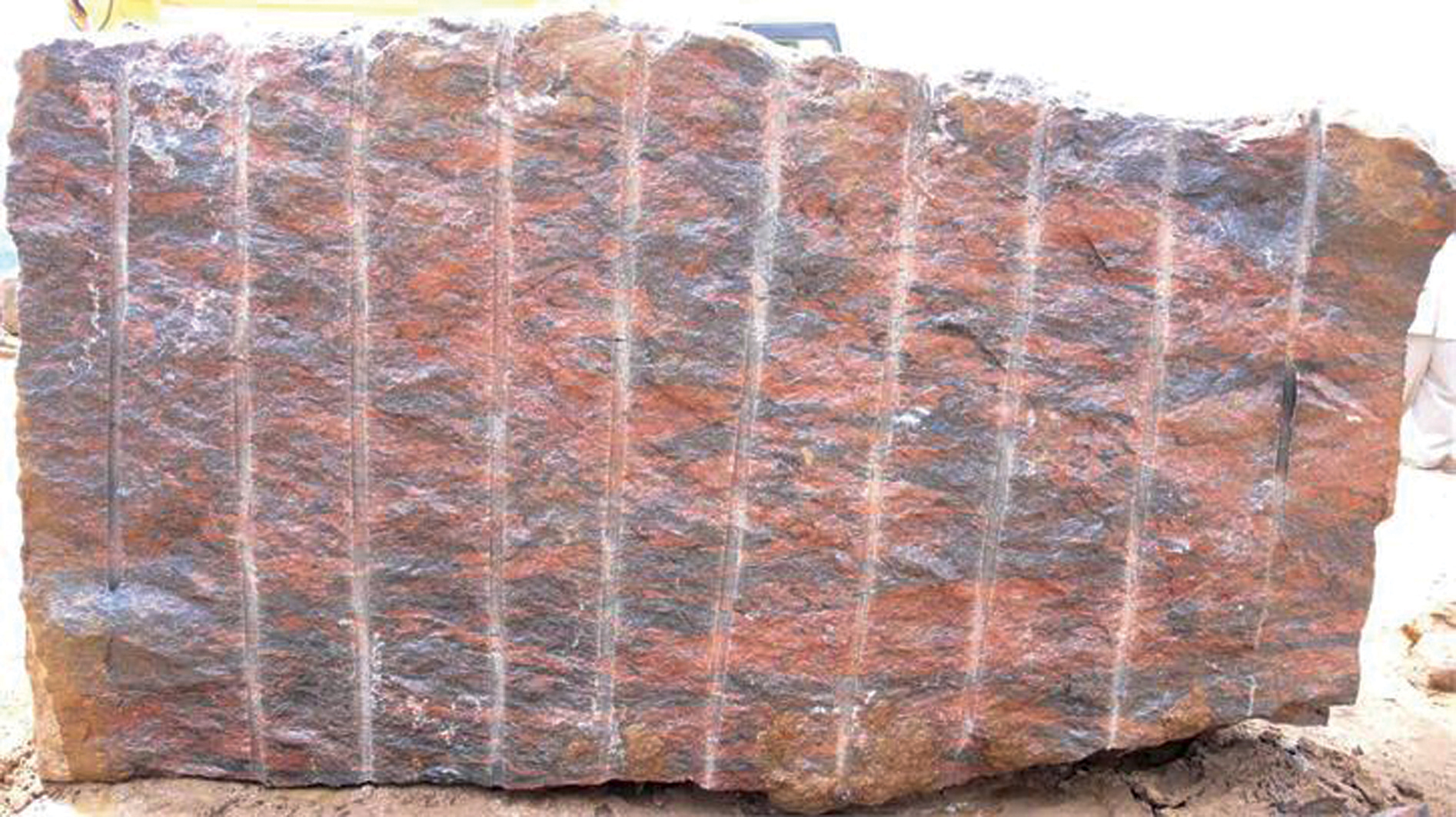Discovering the Rich Background and Sustainable Practices of Granite Quarrying
As we stand on the precipice of revealing the elaborate tapestry of granite quarrying, a trip through time discloses not simply the physical act of extracting rock but likewise the social and historical relevance woven into the extremely textile of this method. From the old beginnings that laid the foundation for contemporary quarrying techniques to the sustainable techniques that are forming the future of this industry, each sculpt mark on granite surface areas narrates waiting to be uncovered (granite quarries in south africa). The tradition of granite quarrying stretches much past mere extraction; it is a testimony to human ingenuity, resilience, and the long-lasting appeal of this majestic stone
Old Beginnings of Granite Quarrying
Going back to ancient worlds, the technique of quarrying granite has actually been an essential part of human background and building advancement. The earliest evidence of granite quarrying dates back to ancient Egypt, where large pyramids and complex sculptures were crafted from this sturdy stone. The Egyptians utilized primitive tools to extract granite blocks from quarries, showcasing the significance of this product in their significant building and constructions.
Progressing in history, the Greeks also made substantial payments to the quarrying of granite. The Greeks utilized granite in different architectural marvels, such as temples and sculptures, demonstrating their skill in shaping and carving this sturdy stone. The Romans even more fine-tuned the methods of quarrying granite, utilizing innovative devices like knives and hammers to remove and form granite for their legendary structures.
Through the centuries, the practice of quarrying granite has developed, with modern-day innovations enhancing effectiveness while keeping the timeless appeal of this natural stone - granite quarries in south africa. From ancient civilizations to contemporary contractors, the legacy of granite quarrying proceeds to shape our world
Development of Quarrying Methods
The evolution of quarrying methods has been marked by a continual progression in the direction of higher effectiveness and accuracy in drawing out granite. Early quarrying strategies involved hand-operated labor with basic tools such as blades, hammers, and wedges to remove granite blocks from the earth.
In even more current times, the introduction of equipment transformed the quarrying sector, enabling quicker removal rates and boosted productivity. Technologies such as diamond cable saws, high-pressure water jets, and pneumatically-driven drills have ended up being standard in contemporary quarries, permitting for accurate cutting and minimized waste. Additionally, innovations in computer-controlled equipment and 3D modeling have enhanced quarrying procedures, bring about minimal environmental effect and enhanced sustainability techniques. As the demand for granite proceeds to climb, the evolution of quarrying techniques stays important to conference industry needs effectively and sustainably.
Cultural Relevance of Granite
Granite holds an extensive social relevance across different worlds due to its enduring presence in building work hop over to here of arts and respected monoliths. From the magnificent pyramids of Egypt to the elaborate carvings of the Angkor Wat temple in Cambodia, granite has actually been a product of option for sharing magnificence and durability in cultural heritage. In ancient Rome, granite columns adorned holy places and public structures, representing strength and durability. The social importance of granite prolongs beyond its physical characteristics; it personifies strength, stability, and timelessness, making it an icon of withstanding traditions and traditions.

Sustainable Practices in Quarrying
Among the rich history of granite quarrying and its social relevance lies an expanding focus on sustainable techniques within the market. As environmental recognition and worries regarding resource deficiency have enhanced around the world, the quarrying field has increasingly welcomed sustainable methods to lessen its effect on the environment and bordering neighborhoods.

Furthermore, reclamation and rehabilitation of quarry sites post-extraction are essential to sustainable methods. By bring back quarried areas to a natural or advantageous state, such as producing wildlife habitats or leisure areas, quarriers can balance out the environmental footprint of their operations and contribute favorably to the neighborhood ecosystem.
Legacy of Granite Quarrying
With a historic background soaked in craftsmanship and industrial progress, what enduring impact has granite quarrying left on the landscape of modern-day culture? The tradition of granite quarrying transcends mere removal techniques; it has shaped building wonders, metropolitan landscapes, and cultural heritage worldwide. The resilient nature of granite has made it a recommended selection for monoliths, buildings, and framework, standing as a testament to the skill and virtuosity of quarry workers across generations.
In addition, the financial footprint of granite quarrying can not be overlooked. The sector remains to provide work chances and drive neighborhood economies in areas where granite extraction is prevalent. It has actually also stimulated technological innovations in quarrying methods and equipment, causing much more reliable and sustainable techniques.
In regards to sustainability, the legacy of granite quarrying includes initiatives to mitigate environmental influences through improvement tasks and responsible resource administration. By balancing economic rate of interests with ecological stewardship, the industry aims to make certain that future generations can remain to gain from this long-lasting natural deposit.
Conclusion
